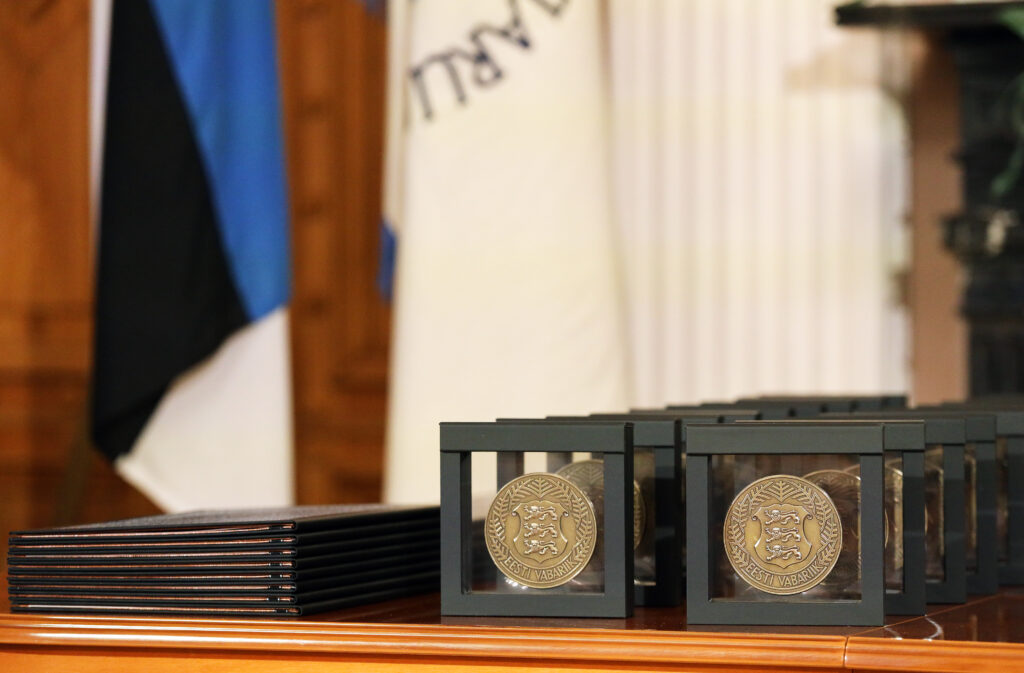The tradition of national science prizes began in the early 1990s. It is older than our newly independent state. On 20 August 1990, Prime Minister Edgar Savisaar signed the regulation on founding the national research awards of the Republic of Estonia. Independence was regained a year later. The first awards were granted in 1991. From the very beginning, brilliant or extraordinary achievements have been in focus.
The Estonian state has delegated the pre-selection of laureates of national research awards to the Academy of Sciences. This means helping to draft the rules, announcing the competition, reviewing and registering applications, then analyzing them in depth and communicating the Academy’s recommendations on awarding or non-awarding of prizes to the government. The award committee is set up by the Government of the Republic.
Contact and additional information: Terje Tuisk, terje.tuisk@akadeemia.ee
